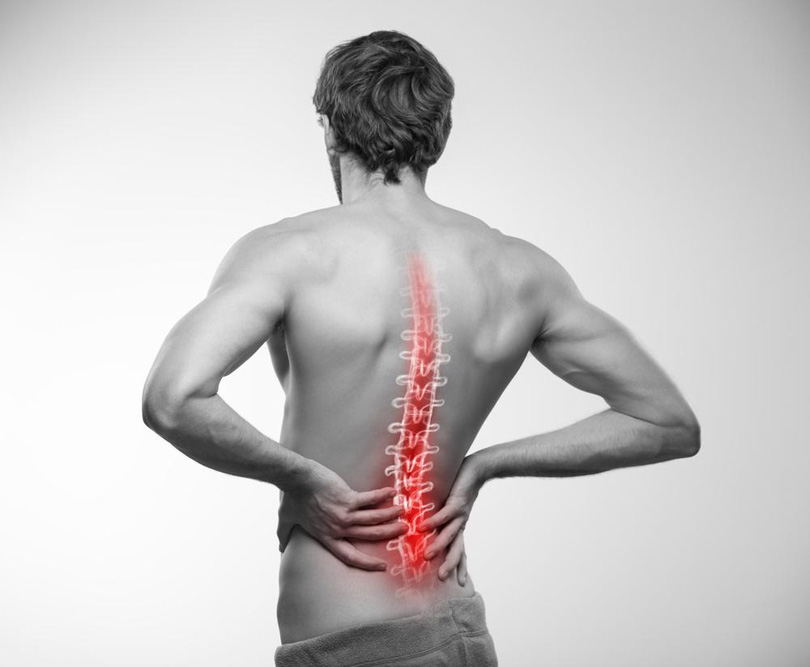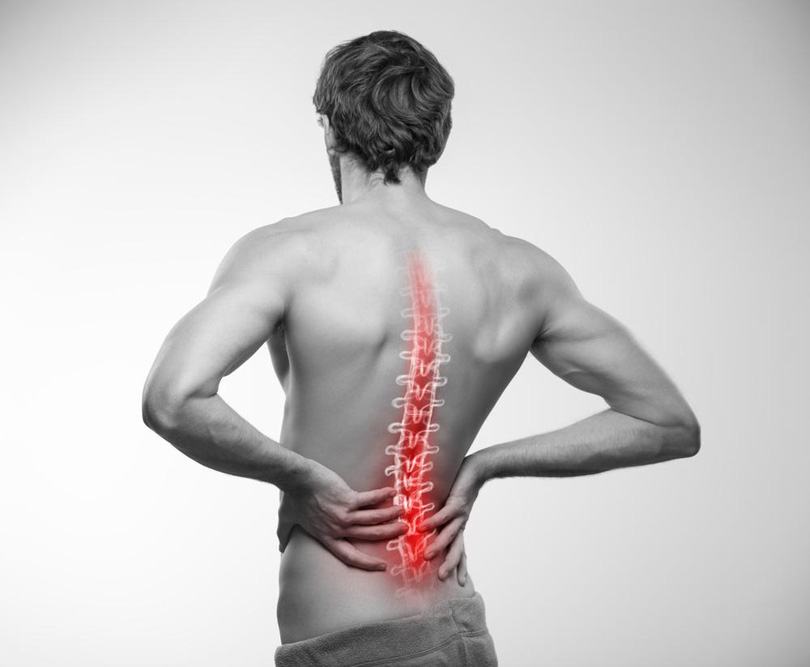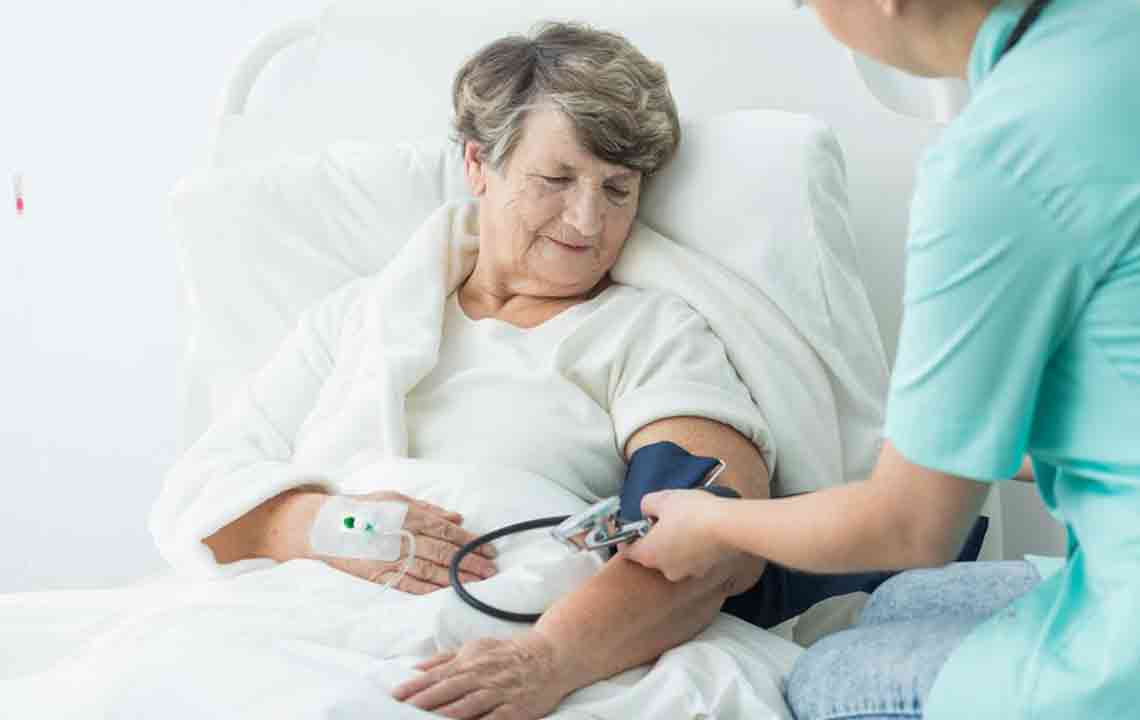How to Differentiate Between Back Pain and Kidney Pain: A Comprehensive Guide
This comprehensive guide helps you distinguish between back pain and kidney pain by exploring their signs, symptoms, causes, and when to seek medical attention. Understanding these differences ensures proper diagnosis and timely treatment for conditions affecting the kidneys or back muscles, promoting better health and recovery.

Understanding the Differences Between Back Discomfort and Kidney Ache
Many people experience discomfort in their lower back at some point, but not all back pains are created equal. One of the common concerns is distinguishing between general back pain caused by muscle or joint issues and pain originating from kidney problems. The two types of discomfort can sometimes feel similar, making it crucial to recognize their distinctive signs and symptoms for proper diagnosis and treatment.
The kidneys are paired organs located on either side of your lower back, just above your pelvic bones. They are essential for filtering waste products from your blood and regulating fluid balance. Because of their anatomical proximity, illnesses affecting the kidneys can result in pain that radiates to the back, front, groin, or hips. This overlapping in the location often causes confusion about whether the pain stems from muscular or renal issues, underscoring the importance of understanding the key differences.
- Kidney-related pain typically presents as a dull ache or discomfort that can be unilateral (one side) or bilateral (both sides). It is often located above the pelvis and may radiate to the front, groin, or hips, especially if the kidney infection or stones impact surrounding tissues.
- Accompanying symptoms such as nausea, vomiting, fever, and urinary changes—including cloudy urine, blood in the urine, or foul smell—are common in kidney pain. External swelling or tenderness outside the abdomen is usually absent unless a tumor or severe condition develops.
- Conversely, back pain generally manifests as a localized, dull ache or stiffness that worsens with movement or certain positions. It often lacks systemic symptoms like fever and does not usually involve urinary issues unless related to specific nerve compression or injury.
Common Causes of Kidney Pain:
Infections leading to kidney inflammation (pyelonephritis)
Kidney stones obstructing the urinary tract
Polycystic kidney disease or other structural abnormalities
Urinary obstructions caused by tumors or blockages
Common Causes of Back Pain:
Muscle strain or ligament sprain due to sudden movements, heavy lifting, or poor posture
Degenerative conditions such as osteoarthritis or disc herniation
Inflammation of the spinal joints or ligaments
Fractures, osteoporosis, or tumors affecting the vertebral bones
Pregnancy-related lower back pain resulting from weight gain and hormonal changes
When to Seek Medical Attention:
Persistent or severe pain should never be ignored. If your lower back or flank pain lasts more than a week, worsens over time, or is accompanied by additional symptoms like fever, chills, blood in urine, or difficulty urinating, consult a healthcare professional promptly. Early diagnosis of conditions such as infections or kidney stones can greatly improve treatment outcomes, potentially avoiding invasive procedures.
In cases where the diagnosis is unclear or symptoms are severe, immediate medical evaluation is essential. Doctors may perform blood tests, urinalysis, ultrasound, or CT scans to determine the exact cause of your pain. Timely intervention is crucial to prevent complications such as kidney damage, urinary tract infections, or nerve injury.
Understanding your body’s signals and distinguishing between back discomfort and kidney pain can lead to quicker treatment, better health outcomes, and peace of mind. Remember, taking proactive steps and seeking medical advice at the right time can make all the difference in effective treatment and recovery.





